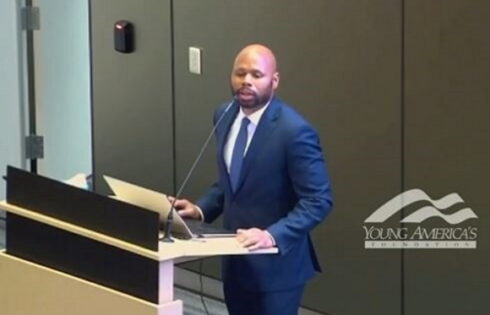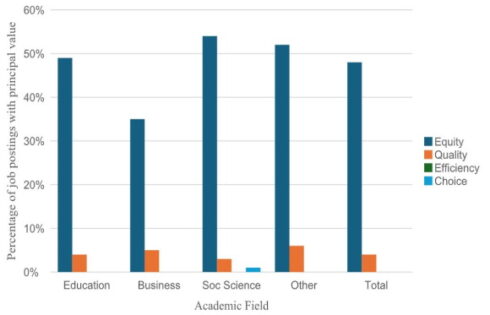While taking the SAT in December, Trip Apley was caught by surprise when he saw the source for the college entrance exam’s essay question. He wasn’t expecting to see an article from The Huffington Post, Apley writes in The Wall Street Journal.
The choice to include the article was wrong, the high school senior from Michigan argues:
We were asked to analyze a February 2014 Huffington Post article supporting the Family and Medical Insurance Leave Act. The author: New York’s junior senator, Democrat Kirsten Gillibrand, who had recently introduced the legislation.
It wouldn’t be appropriate to have an SAT essay question using an article from a conservative blog about reasons to ban late-term abortion. And it is equally inappropriate to force students to focus their attention on a one-sided argument from one of the most liberal members of the U.S. Senate.
The exam, Apley said, makes clear the “essay should not explain whether you agree with” Gillibrand’s article, but instead “explain how the author builds an argument to persuade.” However, he still questions why the SAT would include a “divisive, partisan issue” as part of the test. There’s a potential bias that comes along with the article’s inclusion:
The SAT is an assessment tool and not a mechanism to promote a political agenda to millions of impressionable students. This article might be the only point of view some students ever hear about paid leave, and they are required not only to read it but to restate its central arguments. Educators know that writing down facts is an effective way to retain information. Students should be memorizing algebraic equations, not arguments for progressive labor policy.
Given that, the high school student has advice for the test going forward:
Maybe the SAT essay should follow the rule of topics that are appropriate for dinner conversation: no religion, politics or sex.
Like The College Fix on Facebook / Follow us on Twitter




Add to the Discussion